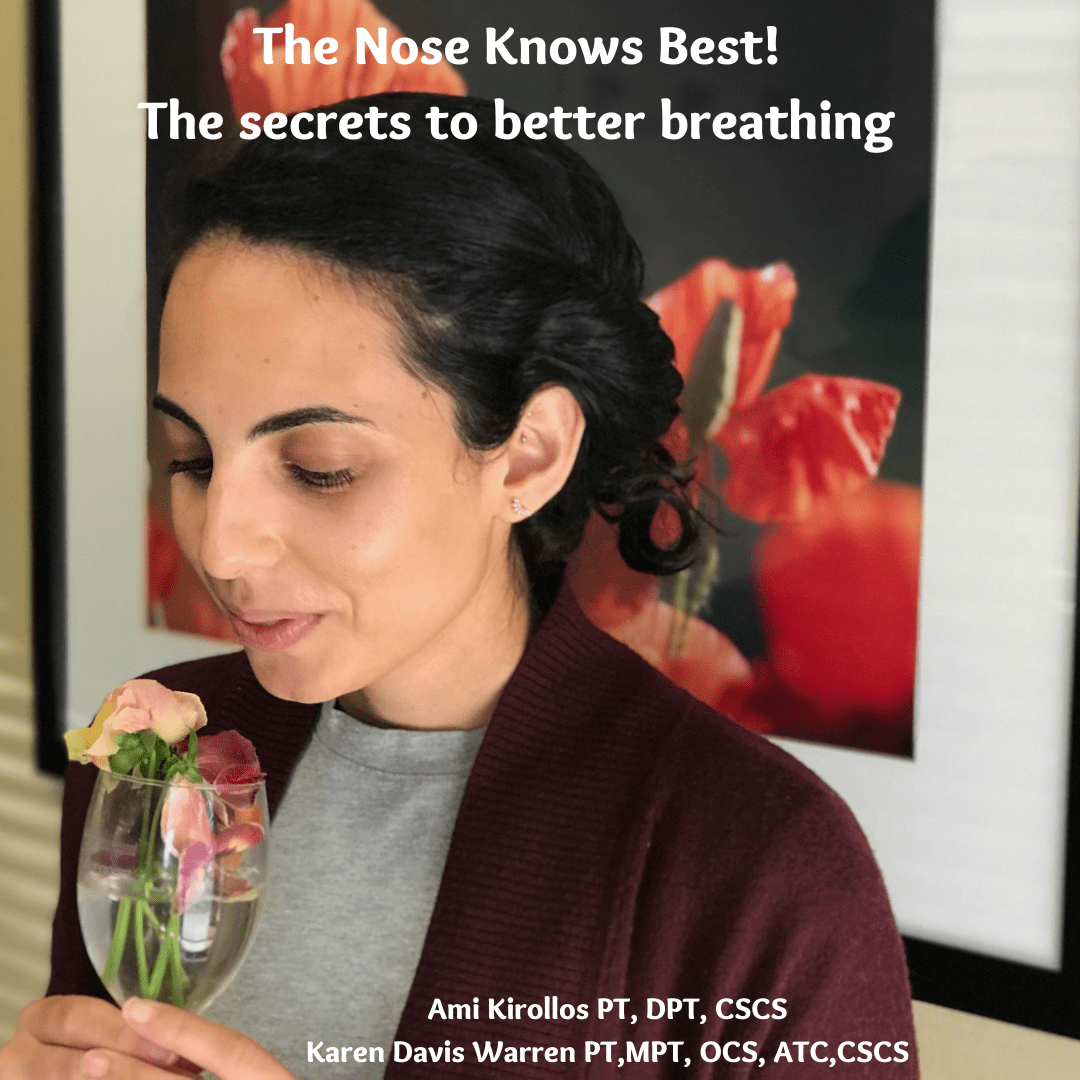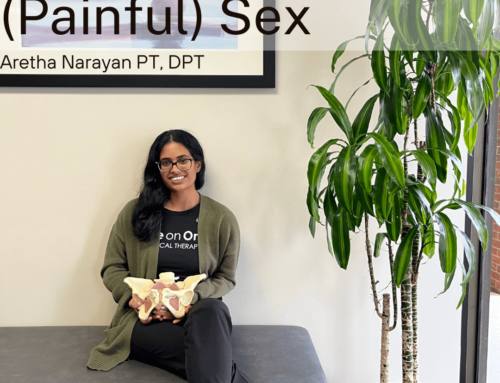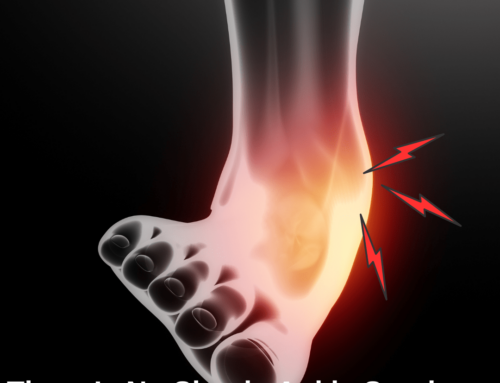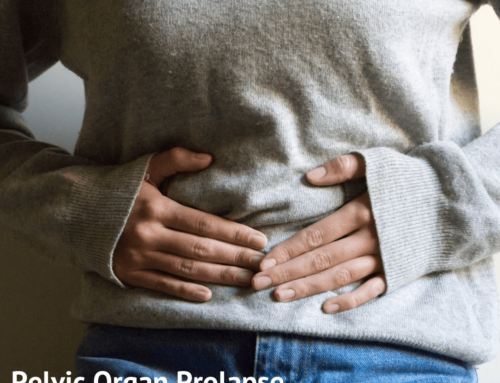The Nose Knows Best! The Secrets to Better Breathing

What is a simple, free, daily action that can positively affect your IMMUNE SYSTEM, MOOD, WEIGHT, and LONGEVITY? Breathing. Nasal breathing that is!
Mouth breathing causes the tissues in the back of the mouth to become loose and flex inward, making breathing more difficult, creating more…mouth breathing!
Nasal breathing naturally tones the soft tissue in the airways, keeping them firm and in shape!
Mouth breathing while sleeping allows gravity to close the airway even more as the soft tissues in the throat and tongue close the airway. Snoring is not a sign, it’s a serious problem. The dangers of poor sleep are too numerous to list.
Nasal breathing while sleeping will more likely result in better quality and quantity of sleep.
Mouth breathing promotes dehydration as we can lose up to 40% more water than nasal breathing. Don’t believe us? Try this. Breath out of your nose into your hand, then compare it to a breath from your mouth! It’s shocking!
Nasal breathing heats and moistens the air, making it more easily absorbed.
Mouth breathing can also disturb the amount of oxygen that is delivered to parts of the brain. In animal studies, mice that mouth breathe have fewer brain cells than mice that were nasal breathing. We certainly don’t need to wait for more studies to change our bad habits.
Nasal breathing ensures we are getting oxygen adequately delivered to the brain.
Mouth breathing can cause bad breath, periodontal disease, and cavities (more than sugar!)
Nasal breathing can improve our oral health.
Mouth breathing can hurt your neck! Neck and shoulders constantly tight? The accessory breathing muscles in this region (your neck and shoulder muscles) are triggered to overwork with mouth breathing. This allows the diaphragm to become lazy, breathing rates increase, more mouth breathing follows, and then the neck and shoulders remain tense. Headaches are not too far behind!
Nasal breathing will facilitate a strong core, improve the ability to exercise, decrease muscular fatigue and help us maintain good joint mobility throughout our body.
Nasal breathing facilitates the sinuses to release nitric oxide. Nitric oxide plays an important role in increasing circulation and delivering oxygen to cells. Nitric oxide will influence immune function, mood, weight, and longevity!
What’s so wrong with snoring and not sleeping well?
Chronic sleep disturbance will adversely affect the ability of the pituitary gland to secrete important hormones and substances that control water storage. When this doesn’t happen, the kidneys release water, we get thirsty and need to get up and use the bathroom, disturbing sleep even further!
(Learn the importance of Sleep)
How did mouth breathing become so prevalent? What happened?
When cultures chew, and chew, and chew…the muscles in the jaw and face appropriately create tension on the bones and keep the palates and airways WIDE. There is plenty of room for the teeth to grow in straight and with wide airways, the mouth isn’t tempted to help with breathing, letting the nose do all the work. However, once foods were cooked, canned, and processed, the chewing stopped! Though the smoothies and avocados are “healthy” the lack of “good stress” to the bones in the face will lead to narrowing of the palate and airways. Hence, mouth breathing is facilitated as we allow our diaphragms and breathing muscles to get out of shape (Want to learn more about training your core muscles to help to breathe click here)
So what can we do about it?
These steps are simple and FREE!
You won’t see an Ad on TV with 2 people sitting in bathtubs talking about breathing. Your physicians won’t teach you these techniques, because the pharmaceutical companies haven’t presented a lunch and learned about nasal breathing. No pills to take, just plain old breathing!
- Bring awareness to your breath as much as you can throughout the day. CLOSE YOUR MOUTH! Start with easy tasks, and eventually try to maintain nasal breathing with exercise and strenuous activities.
- Slow your breathing down. Over-breathing is just as dangerous as overeating. Practice 2 minutes of slow breathing, 5 seconds in, pause, 5 seconds out, pause, several times/day.
- Chew. Make sure you are chewing some of your food, for as long as possible. Nestor believes the bones in your face can continue to change into your 70’s. Make sure some of your 5-9 servings of fresh fruits and veggies a day are raw. Constant chewing will widen the mouth, face, and throat, and the teeth will have a better chance of staying straight.
- Try some tape. Yes, tape your mouth shut, first for 20 minutes or so during the day to get comfortable. Then try it at night. 3M Nexcare Durapore is one brand we recommend. Disclaimer: this is not an excuse to tape your significant other’s mouth closed!
- See your ENT if you feel you have or may have an anatomical disruption to nasal breathing.
- See a dentist (no fillings required!) that understands proper appliances including night splints (bottom only please) and perhaps an Advanced Functional Lightwire appliance, ALF. After all, the roof of the mouth is at the bottom of the nose.
- Use it or lose it! The nasal cavity, like other parts of the body, will atrophy with lack of use. So start breathing nasally today.
Our Physical Therapy Staff at One on One can screen our patients for tongue ties, bite misalignment, assess, and help patients coordinate care with other professionals.
About The Authors
Ami Kirollos joined One on One Physical Therapy after completing her Doctorate in Physical Therapy from Emory University School of Medicine with the highest honors. Ami’s background in personal training and athletics has led her to her interest in sports medicine and pelvic floor therapy. Ami currently holds certifications and advanced course work in pelvic floor therapy, dry needling, dance medicine, and Pilates.
Karen Davis Warren, Founder of One on One Physical Therapy, brings a wealth of knowledge to her patients incorporating over 25 years of physical therapy and sports medicine experience and education. Karen holds a Master of Physical Therapy degree from
Emory University and a Bachelor of Science in Exercise Science from the University of Southern California. She is an Adjunct Faculty and guest lecturer for the Doctorate of Physical Therapy Program, a Clinical Instructor at the Doctorate of Physical Therapy Program, Emory University, and on the Advisory
Board for the Physical Therapy Program at Mercer University.









